An April to remember
Revisiting Sewol through survivor testimonies
By Korea HeraldPublished : April 15, 2015 - 20:07
ANSAN/MOKPO/JINDO/UIJEONGBU ― Cherry blossoms line the streets of the quiet residential neighborhood. Warm winds glide by. Birds chirp. Children play soccer nearby. Cars skate past every few minutes. It is spring again.
It was serene and peaceful, thought Lee Hye-gyung, owner of a small laundry shop on Danwon Street in Ansan, Gyeonggi Province, a working-class town just south of Seoul. Lee went about her usual work of ironing shirts and knitting and patching clothing.
Just two blocks from her small shop is Danwon High School, where her two children once attended. Her daughter has now gone to college. But her son Jun Hyun-tak has gone to heaven.
She stared at the school from her shop window just as she has thousands of times before, during brief pauses in an interview last week.
Why. Why him. Why now. Why me. Why, Lee had asked.
Hyun-tak drowned in the Sewol ferry disaster on April 16 last year. He was on the 6,825-ton passenger ferry Sewol when it capsized in waters off Korea’s Jindo Island, South Jeolla Province.
It was serene and peaceful, thought Lee Hye-gyung, owner of a small laundry shop on Danwon Street in Ansan, Gyeonggi Province, a working-class town just south of Seoul. Lee went about her usual work of ironing shirts and knitting and patching clothing.
Just two blocks from her small shop is Danwon High School, where her two children once attended. Her daughter has now gone to college. But her son Jun Hyun-tak has gone to heaven.
She stared at the school from her shop window just as she has thousands of times before, during brief pauses in an interview last week.
Why. Why him. Why now. Why me. Why, Lee had asked.
Hyun-tak drowned in the Sewol ferry disaster on April 16 last year. He was on the 6,825-ton passenger ferry Sewol when it capsized in waters off Korea’s Jindo Island, South Jeolla Province.
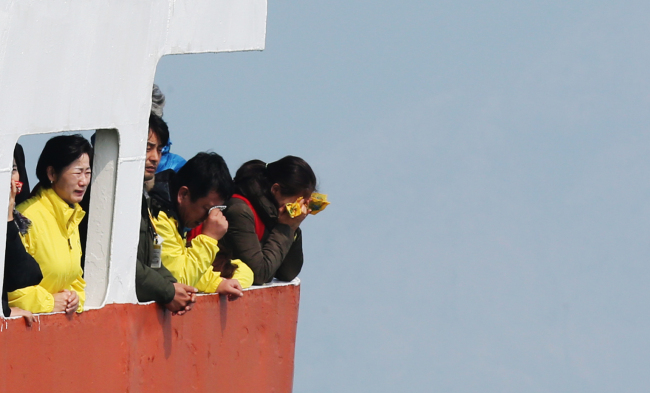
Over 300 people died, 250 of them students from Danwon on a school trip. The ferry was on a routine trip from Incheon to Jejudo Island.
The New York Times called it one of Korea’s “worst peacetime disasters.” The Financial Times said it signaled a “need for broad reform of South Korea’s safety regulations.” Korean opposition lawmakers called it a “massacre.” Prosecutors here called it a “murder.”
Victims’ families, including Lee, call it a man-made calamity.
Whatever it was, the Sewol disaster is an ongoing matter, Lee said. One year on from the tragedy, nine people remain missing.
Lee still has questions about the disaster’s causes and government rescue efforts, such as who allegedly erased her son’s cellphone records from the day of the disaster.
“I visit the school every now and then to remember him. I go to his classroom to miss him, now that he’s gone,” Lee said. She spoke calmly, sometimes whispering, sometimes pausing to cry. “I had rarely, if ever, visited the school before the accident.” It was Hyun-tak’s birthday the day before the accident, she added after a brief moment of silence. He would have turned 18 this year.
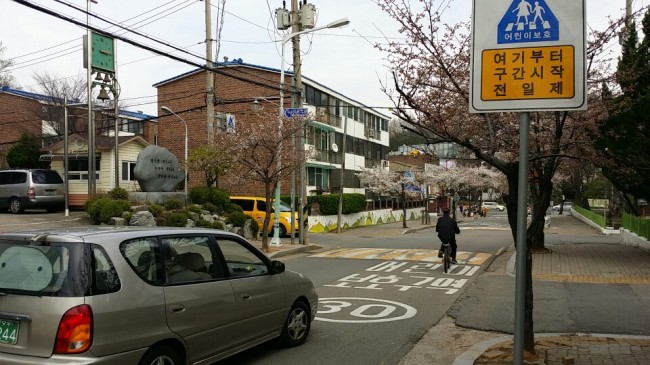
Calm before the storm
It had been foggy at Incheon Harbor on the evening of April 15 last year on Hyun-tak’s 17th birthday. The Sewol was docked at the port and ready to go once the fog dispersed.
At about 9 p.m., port officials announced the ship would sail.
“We went out to the harbor to eat dinner,” said Choi Eun-soo, one of the survivors.
Choi was among the dozens of truck drivers who were familiar passengers on the ship, as they transported cargo between the mainland and Jejudo Island regularly. They had loaded their vehicles on the ship that night and had been waiting.
“(We) were just killing time on the port,” Choi said.
It was around that time that Choi and the other drivers saw the Danwon High School students for the first time.
“The kids were extremely noisy that night,” remembered Park Yong-woon, another driver who was on the Sewol. “They boarded the ship about that time (when port officials said the Sewol would sail). Probably excited, I guess, about their trip.”
Hyun-tak talked to his mother over the phone for the last time, some minutes after he and his classmates boarded.
“I’m eating dinner on the ship now, Mom,” he said.
“So the ship’s sailing as planned, despite the fog?” Lee asked.
“Yes, Mom.”
The night went by relatively peacefully, according to survivors. Nothing appeared out of the ordinary, they added. The fog didn’t appear to be an issue.
They all went to sleep in their cabins.
Disaster strikes
It was after breakfast the next morning at about 8:49 a.m. when disaster struck.
“I remember falling against the wall hard,” said Jeon Byung-sam, another driver on the ship. “I was walking in the hallway when the ship suddenly turned. I fell through my cabin door and lost consciousness after hitting the wall.”
Jeon relayed his story at a bedside interview last week in a psychiatric hospital in Uijeongbu, Gyeonggi Province. He suffers from post-traumatic stress disorder.
Jeon had fallen because the Sewol had begun listing portside after an undertrained crewmember manning the ship turned it sharply starboard. Portside refers to the ship’s left and starboard the right.
The ballast water in the ship that should have rebalanced it was insufficient, containing only 580 tons, less than 40 percent of its legal requirement.
The Chonghaejin Marine Co., the Sewol’s operator, had removed some of the water to load the ship with commercial cargo, apparently to gain more revenue. The overloaded cargo weighed as much as twice its legal limit, prosecutors said. The shipping company had also constructed additional cabins on the ship’s upper floors, worsening its balance.
Despite the ferry’s listing, the crew told passengers to stay in their cabins through on-ship broadcasts. Captain Lee Jun-seok, who has been charged with murder and negligent homicide, testified he feared the swift currents would sweep away those who jumped ship.
But Lee himself abandoned the ferry once the Coast Guard arrived on the scene at about 9:30 a.m. He allegedly failed to issue evacuation orders before leaving the ferry in his underpants.
By then the ship had listed about 60 degrees, making it difficult to climb out. Those on the upper side threw down fire hoses to aid people stuck on the ship’s sinking side, according to Choi.
“That’s all we had. When we asked the Coast Guard officers for ropes, they said they didn’t have any.”
Most of the students stayed in their cabins as told, even as water began seeping in. Those stuck inside the sinking Sewol knocked on their cabins’ windows, helplessly asking for rescuers to break them open, survivors said.
Only a few stuck inside made it out alive.
“I can still see the students banging on the ship’s windows,” Jeon said.
The unconscious Jeon had woken once the cold sea water began flowing into his cabin. He climbed out his cabin door and jumped into a nearby rescue boat, despite his injured arm.
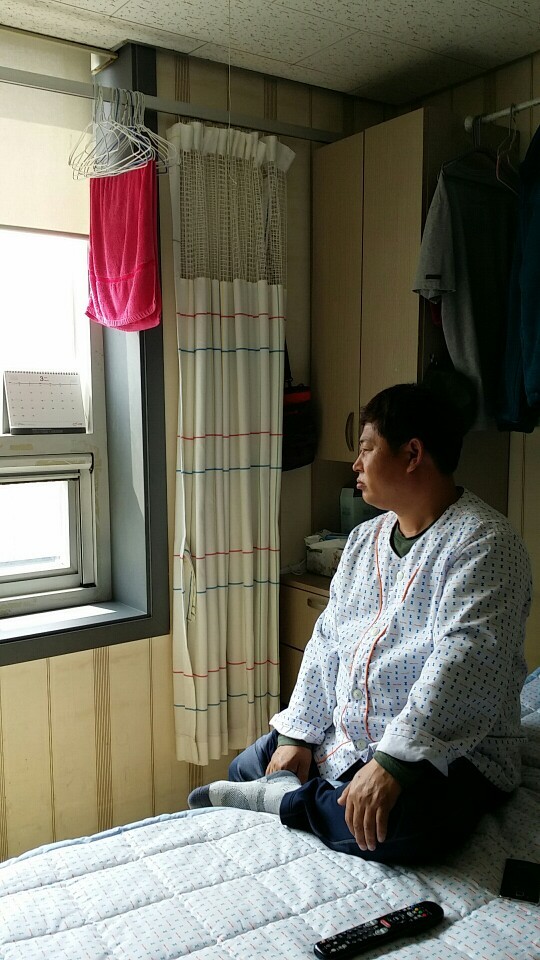
“For months after the accident, I saw the students in front of my hospital bed. Every time, it took me five minutes or so to realize I was hallucinating,” Jeon said.
Park remembers offering his jacket to one of the rescued students after they were pulled from the sinking ship.
“The kids reminded me of my grandchildren,” the 63-year-old driver said. “Those kids...” he murmured before pausing to wipe away tears during an interview last week.
“The nightmares are worse. I dream about those students who I remember weren’t able to get out,” he recalled.
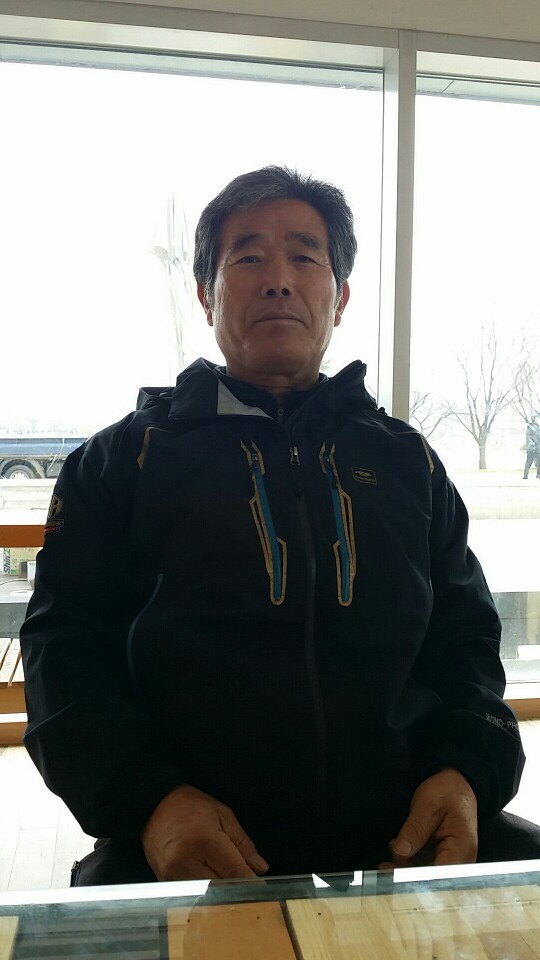
The long wait
It was May 1 when divers found Hyun-tak.
Lee had spent day and night for two weeks at Jindo Island, the nearest administrative district to the disaster scene.
Families of the victims, emotionally drained from erroneous news reports and slipshod countermeasures by the authorities, prayed for a miracle. But they knew.
“I had prayed to my deceased father-in-law to please save Hyun-tak and please not to take him away from me. I said I was sorry, that it was I who had done wrong,” she recalled.
Parents and families of the missing spent the night huddled at Jindo harbor, waiting for any sign of more survivors. Others waited at the Jindo gym, the only indoor structure large enough to house hundreds in the rural county.
Some parents hoped that the doors on the sunken Sewol had shut closed, keeping those stuck inside able to breathe in small air pockets.
Two divers died during the salvage operations in the months after the accident.
The overheated news coverage sparked criticism when some asked controversial questions to survivors. Victims’ relatives yelled and threw water bottles at cameramen. Some hurled expletives.
Veteran New York Times reporter Choe Sang-hun said it wasn’t easy covering the scene.
“When I first began reporting for a foreign news outlet, the Sampoong Department Store collapsed (in downtown Seoul),” Choe said, referring to the 1995 disaster that left 501 dead.
“That incident was bigger than (the Sewol disaster) in terms of lives lost.”
“But it was tougher for me to cover (the Sewol disaster), going around and asking the victims’ families. There are bound to be families wanting to mourn in peace,” he added.
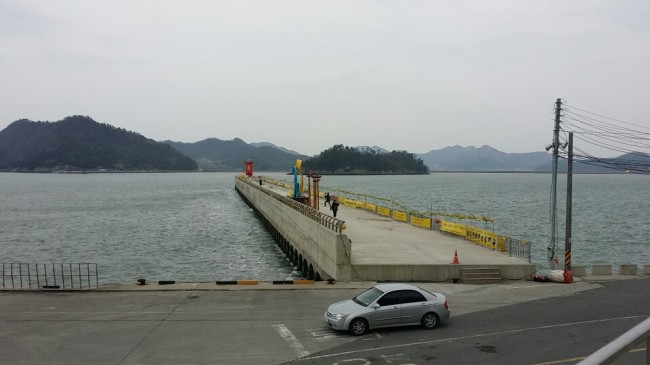
An unwanted aftermath
The accident left survivors and bereaved families scarred and perplexed, despite two investigations into the disaster.
Prosecutorial investigations into the Sewol’s crew, the Chonghaejin Marine Co., and maritime regulators resulted in more than a hundred people being punished.
Authorities blamed regulators for condoning repeated safety violations by Chonghaejin officials, such as overloading the Sewol and taking out large quantities of ballast water. They also charged the crew with abandoning the Sewol while leaving passengers on board.
Coast Guard officer Kim Kyung-il, one of the first rescuers on the scene, was found guilty in a district court for not urging passengers to try and leave the ship until it was too late. Judges added that Kim had rewritten parts of his ship’s log on the day of the accident to hide botched rescue efforts.
Prosecutors have also indicted governing Saenuri Party Rep. Park Sang-eun for allegedly receiving kickbacks from Korea Shipping Association regulators after the Sewol incident.
The lawyer for imprisoned Coast Guard officer Kim said to judges in January that officials had used his client as a scapegoat by dumping the responsibility of the government’s failed rescue operations onto Kim.
A government-sponsored investigation will conduct a third probe into the disaster.
Victims’ families assert the panel must probe the presidential office and the Ministry of Oceans Fisheries, two bureaus they feel that the previous investigations failed to look into. But observers say it will be difficult as the departments are responsible for the investigation’s budget and mandate.
Debate continues over how to raise the Sewol from the water. It currently lies about 40 meters under the Maengol channel, a 90-minute boat-ride from Jindo Island.
The bereaved say the Sewol must be salvaged to find the nine missing bodies. They have refused to take reparation payments until the nine have been found. Evidence suggesting foul play by officials or regulators must also be uncovered, they add.
Officials expect salvage operations to cost at least 100 billion won, and likely much more. But the families also face criticism that they should wait for officials to conclude reparation payments and salvage operations, as the nation’s grief turned into exhaustion.
“Enough is enough,” said one taxi driver in Ansan. “All the street rallies and all the publicity will do little to solve the families’ demands.”
He added that “many” of the taxi drivers who had ferried the victims’ families between Jindo Island and Ansan without charge in the days after the maritime disaster were frustrated.
“Some (families) treated us like we were their private drivers,” he said.
The driver said an unseen rift has appeared in Ansan, dividing residents between those who sympathized with the bereaved families, and those who did not.
Residents on Jindo Island have urged officials to salvage the ship, not just for the sake of the bereaved, but for the sake of their livelihoods.
The pollution from the shipwreck has crippled the rich fishing ground around Jindo Island, residents and officials at the Jindo County Office said.
“Fishermen here used to sell their catch at the markets in Seomang, but the merchants there stopped buying our fish after the accident,” said Kim Ju-wan, a taxi driver on Jindo Island.
(Watch Kim explain how the tragedy crippled Jindo's economy:
https://www.youtube.com/watch?v=s19kCkC5yQc)
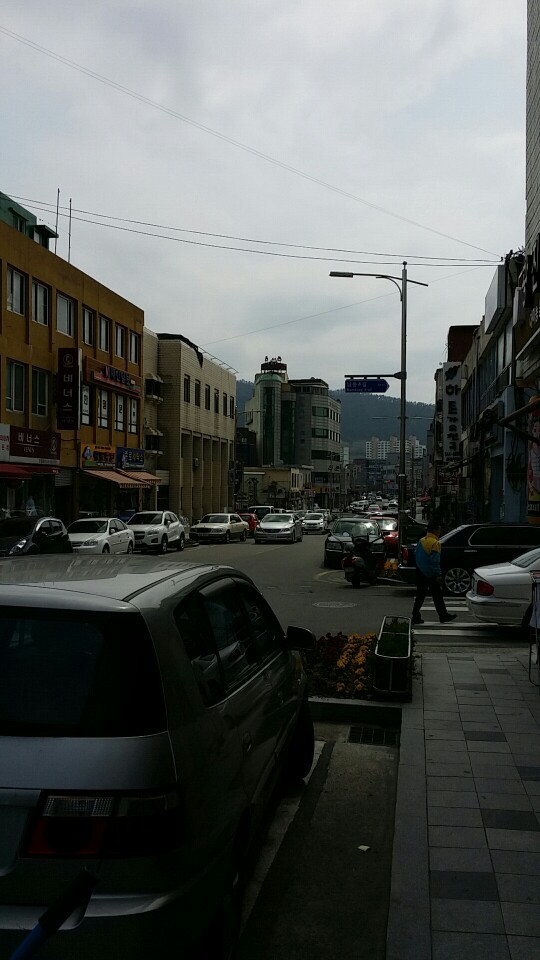
Rim Bo-sub, chief of Jindo County’s tourism planning section, said the shipwreck has killed the tourism industry.
“As long as the ship is there, it will stick out as a symbol of the Sewol disaster,” Rim said, “as if the accident never ended. And as long as it never ends, our town is going to be about mourning.”
At Jindo Harbor, photos and the names of those missing hang on the walls of the makeshift homes housing their families.
Left alone
Lee said she considered selling her shop and moving away from Ansan after losing her son.
“But I remember telling Hyun-tak I would always be here at the laundry shop, no matter what,” she said. “I can’t leave because of that.”
“Now Hyun-tak’s friends who survived the sinking come and visit,” Lee said.
“Every time they come, I repress the urge to ask them what they remember about Hyun-tak, about the last moments. I repress that urge because I fear I might hurt them.”
Every once in a while, she spots one of Hyun-tak’s friends.
“I see him every now and then on this street. But I look away every time our eyes meet. He does, too. We’re both scared ... I guess I remind him about the sinking, just as he reminds me about my son.”

-
Articles by Korea Herald


















![[KH Explains] Hyundai's full hybrid edge to pay off amid slow transition to pure EVs](http://res.heraldm.com/phpwas/restmb_idxmake.php?idx=652&simg=/content/image/2024/04/18/20240418050645_0.jpg&u=20240419100350)

![[Today’s K-pop] Zico drops snippet of collaboration with Jennie](http://res.heraldm.com/phpwas/restmb_idxmake.php?idx=642&simg=/content/image/2024/04/18/20240418050702_0.jpg&u=)